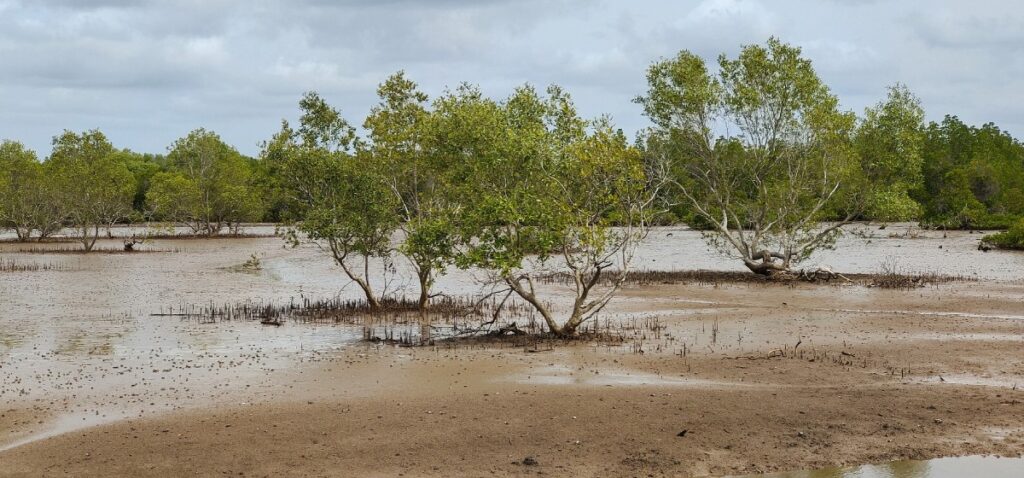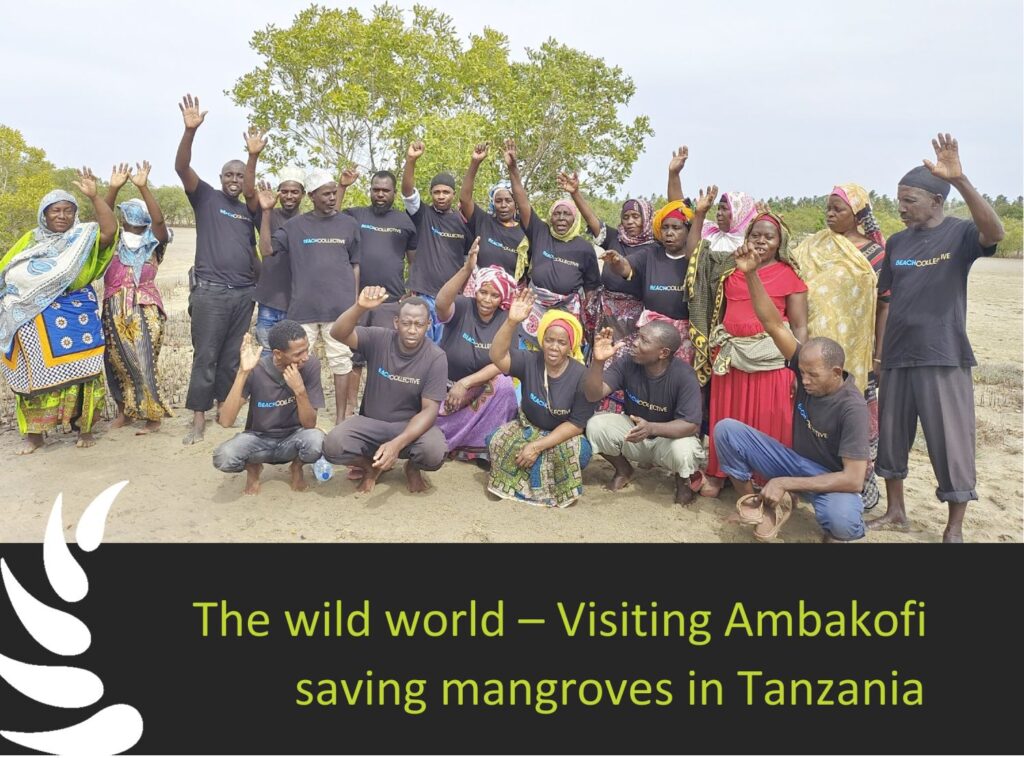Summary
The wild world - After visiting kanthari projects in 2015, we are back on another tour. This time, however, not only Paul and I. We are 2 teams of catalysts: Paul and I visit projects in Zimbabwe and, Chacko and Riya started last week with the East African round. They arrived on the African continent in Tanzania, to visit Gumbo and his organization Ambakofi. Here are Chacko’s first impressions:
The wild world – After visiting organisations that were founded by kanthari graduates in 2015, we are back on another tour. This time, however, not only Paul and I. We are 2teams of catalysts: Paul and I visit projects in Zimbabwe and Chacko and Riya started last week with the East African round. They arrived on the African continent in Tanzania, to visit Gumbo and his organization Ambakofi. Here are Chacko’s first impressions:
“It’s selfish of me to stand by and let my granddaughter and her generation suffer the consequences of a degraded environment”, says 76-year-old Ashukura Mdoe Selemani, as she stands ankle-deep in mud at Ushongo’s mangroves. What was once a thick forest in her childhood is now showing stark signs of degradation. Ashukura is a beneficiary of Ambakofi, founded by 2017 graduate Gumbo Majubwa. It is an organization that is working to restore the coastal mangroves in Tanga Region, Tanzania, and ambakofi introduces regenerative agriculture in Mihuga Village, Chalinze District.
We had the privilege to spend a few days with Gumbo and around 40 out of his 150+ beneficiaries last week. Gumbo is an even-keeled soft-spoken gentleman who is never in a hurry. In our two days of visiting Ambakofi’s project locations, we probably traveled around 20 hours by bus, matatus, bike taxis, and rickshaws, but not once did we feel any stress or sense of urgency. We felt the same energy in his beneficiary groups as well.
Perhaps, when you think of those who are acting on climate change, you imagine angry young people protesting on the street to effect policy change. While that is necessary, at Ambakofi we saw another important side of the story. Local groups of all ages consistently working for many years to restore their local environment.

Sometimes, some of their efforts fail. For example, initially, they focused on planting as many mangroves as possible in the hopes that at least some will survive and repopulate the lands. They slowly realized that this was an exercise in futility as the hydrological landscape and salinity levels had changed over time, disfavouring the mangroves’ survivability. But through experimentation, Gumbo together with local group leaders and members found a way to change the landscape in a way that can once again thicken the now thinning Mangroves.
The mangroves deserve to be saved for their qualities of being such an important habitat for so many species, holding the soil together, and reducing the intensity of storms, among others. They are beneficial both to animals and human beings, especially fishermen and farmers.
But what about saving them just for their beauty?
The mangroves were such a unique and almost alien landscape to experience. A mix of marshy land with squishy mud with recently created salt pans covered in multicolored succulent plants, the ground covered with tiny blue and red one-armed crabs that scuttle away when you walk through. There were so many varieties of mangroves, changing from village to village. Some drop their long arrow-like seeds right into the ground, while some have pods that look like coconuts that explode when they fall, spreading their seeds that are as big as fists.
Whatever the reasons for protecting your local environment, successfully doing so like Ambakofi, requires backbreaking consistent work, patience with challenges, and the ability to experiment.




